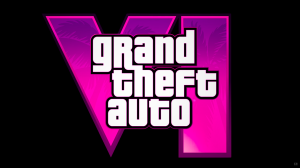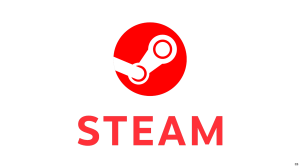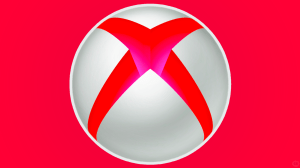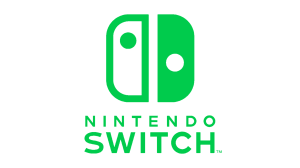Plans for overhauling the European League of Legends Championship Series have now been announced by Riot Games with revenue sharing and franchising among the significant changes.
Videos by ComicBook.com
The fate of the EU LCS has been the subject of much debate throughout the past year with talks of establishing strong organizations and fair pay for players being core parts of the discussions. Following the changes that were recently made to the competitive leagues in China and North America, Riot Games laid out three core points that it’s looking to target with the changes that’ll be implemented in the EU LCS starting in 2019.
- Removing the shadow of relegation, providing teams with more security to make longer investments that will strengthen and support pros, and provide better experiences for fan.
- Long term partnerships unlock revenue sharing, allowing everyone in the league to work towards a sustainable future and an exciting EU LCS. Pros and teams will be rewarded for their success and the value they bring to the league.
- Partnering with strong organisations will allow us to focus on shaping the long-term future of the EU LCS.
Riot proceeded to break down the changes that’ll affect everyone involved with the league beginning with the implementation of a franchise model and increased salaries for players.
Franchising and Better Salaries
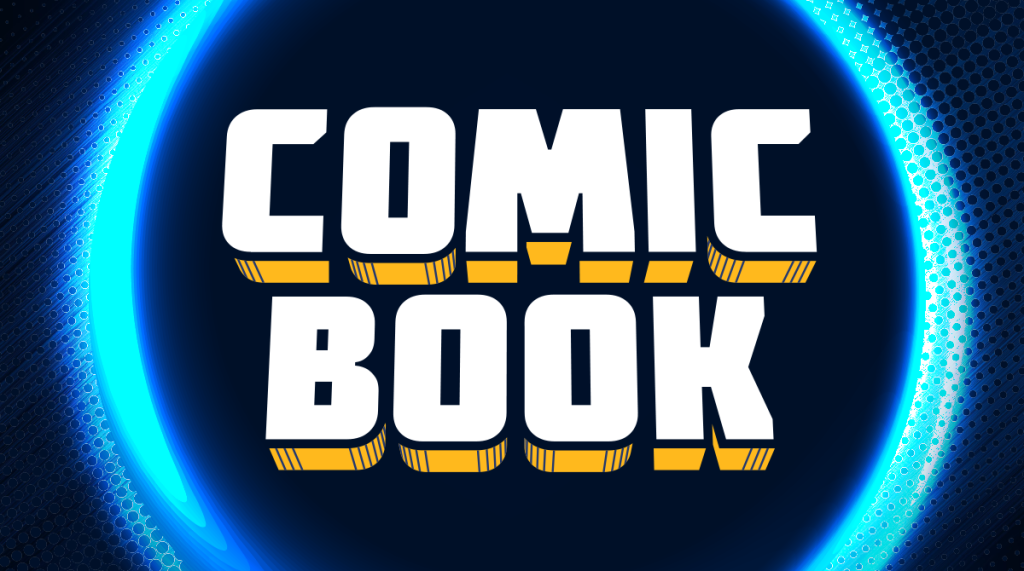
Moving away from the relegation system that puts low-performing teams at the risk of being kicked out, Riot is moving to a partnership system that incorporates franchising elements.
Just like the changes that were made in North America, teams will bid to be a part of the League, and if accepted, will have their spots secured for a longer period of time. Though the absence of relegation may worry some when it comes to the competitive nature of games since there’s no longer a risk of being removed, Riot Games says that results so far have been more positive than negative.
“Although promotion and relegation has worked well for us in the past, as the league matured we’ve seen issues with churn and stability for some of the most loved teams. When we explored a partnership model for EU, we found the benefits outweigh the negatives. For teams to invest the time and resources to build lasting connections with fans over years, not just months requires a level of commitment that’s difficult in the shadow of relegation.”
This partnership system also means that players will be able receive better salaries just as they did in North America. Players’ base salaries will be increased.
“Entering into a partnership model means a few benefits straight away for pro players; firstly, we’ll be increasing the minimum salary for pros in the league to €60k per year. This means whether you’re just starting out in your EU LCS career, or a seasoned veteran, the salary floor across all players will be the same.”
Pros will also now be a part of the revenue sharing system that will boost individual earnings even more if the League performs well as a whole.
Revenue Sharing

Also similar to the changes made in other regions is the revenue sharing system that’s being implemented. This system is hoped to encourage teams to engage with fans more with a viewership bonus on the line as a potential reward.
The partnership system also means that all teams will contribute to the League overall, so if the League does well, everyone does well. Riot broke down exactly how the new League revenue pool will (LRP) will be divided amongst three different areas: The players, the teams, and Riot.
Player Portion
- The player portion of the LRP is 35%, which pays for contracted player salaries. If the league performs well and the player portion is above their combined salaries, the difference will be shared with players.
Team Potion
- The team portion is 32.5%. Part of that share will be distributed equally to each organisation and part will be divided into allocations based on competitive and engagement metrics.
Riot Portion
- The remaining 32.5% goes to Riot for broadcast production, live events, and running the league.
Supporting Players

Players will also have more programs in place to help them outside of the League of Legends matches in 2019. A “player development platform” is planned for next year that will build off of resources that are already in place while expanding on services offered with assistance on managing these increased salaries and by making sure that players have a voice that can be heard.
“While nurturing and growing talent in-game is important, we also want to make sure pros are receiving the right amount of support IRL. Over the past few years, we’ve introduced player programmes such as branding, social media and sports psychology workshops. Moving forward, we want to double down on the resources available to pros on topics ranging from personal finance, to personal development and healthcare. With the new revenue sharing structure, we also want to ensure pros have a voice and are able to take an active part in helping to develop the league. We’ll have more to share on our player development plans in the next few months.”
Application Process

For teams that wish to apply, the application process will once again be modeled after the system now in place in North America. It consists of a three-part process that starts today on March 28 with the initial application where teams must address questions relating to how the team will be successful, where the players will be housed, and how they plan to engage with fans and investors. A price for this application process has not been official announced, but ESPN reported that it’ll be 8 million euros, a price that comes out to just over $9.9 million and is much like the $10 million buy-in for NA teams.
Following the submission of the application, every team’s bid will be reviewed as the League works with third-party experts to explore options. Teams will have to meet in person if they make it past the initial review phase to further discuss more detailed plans. Ten teams will be selected in the end to make it into the League with those teams being chosen in September and the official announcement of what teams will be included coming in November.
This system means that older teams who already have established fan bases have a good chance of making it into the League again, but as NA fans saw, there could be some surprises. The teams won’t be announced until much later though, but rumors about the teams will inevitably come as we move closer to the announcement to give an idea of what teams will be included and who will be playing for who.



